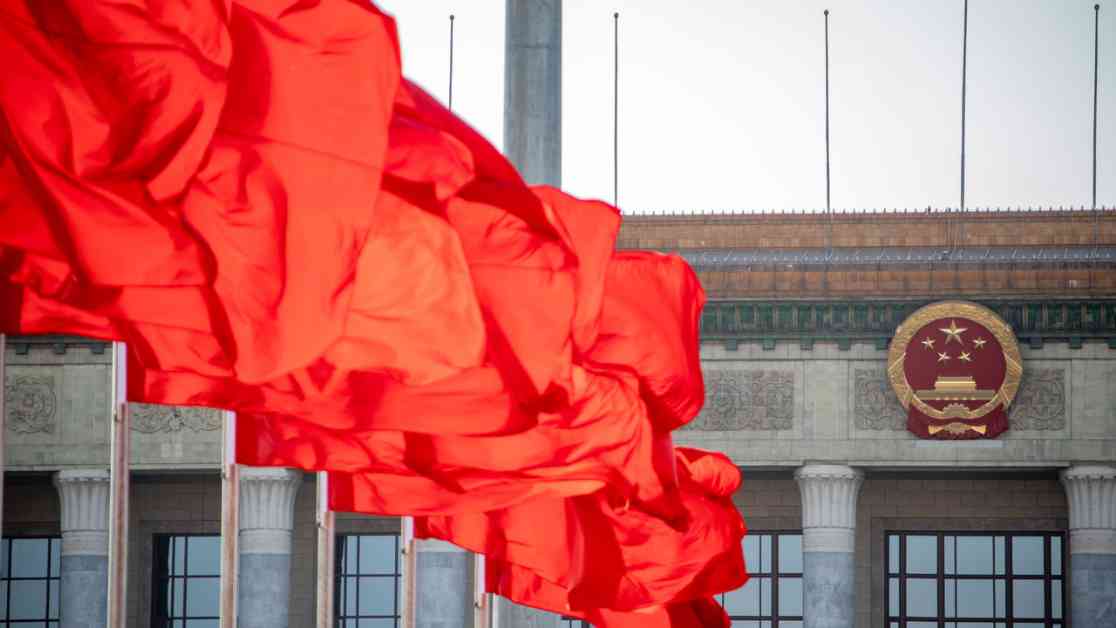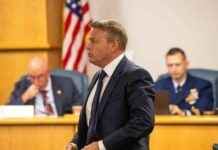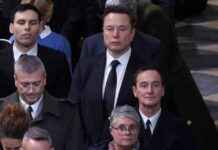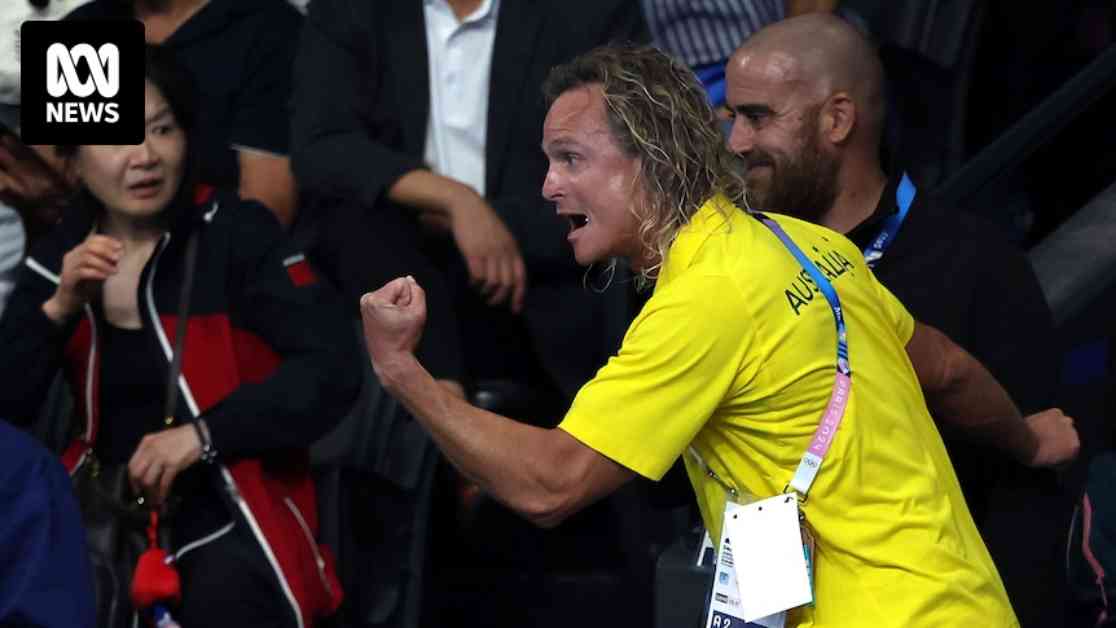Xi Jinping’s Future at Stake: Analysis of China’s Annual Political Meeting
As China prepares for its annual “two sessions” meeting, all eyes are on the country’s leadership and the future of Xi Jinping. This gathering of thousands of delegates in Beijing will not only set new growth targets but also provide a glimpse into the inner workings of the Communist Party.
The National People’s Congress (NPC) is often seen as a mere formality, with decisions already made behind closed doors. However, the annual session offers a unique opportunity to assess the state of the nation and the direction the government is taking. This year’s meeting, set to commence on March 5th, will kick off with a speech from Prime Minister Li Qiang, setting the tone for the week ahead.
One of the key areas of focus during this year’s session will be China’s efforts to address the economic challenges it currently faces. From the impact of the ongoing trade war with the United States to slowing growth rates, the country’s leadership will need to showcase a clear strategy for navigating these turbulent times. Analysts will be closely watching for any signs of panic within the government and how they plan to stabilize the economy.
Another crucial aspect to watch during the “two sessions” meeting is the unveiling of Xi Jinping’s long-term economic agenda. As China’s supreme leader, Xi holds significant power within the party and has been instrumental in shaping the country’s policies. His vision for China’s future economic development will be under scrutiny, with stakeholders eager to see how he plans to steer the nation towards sustainable growth.
Furthermore, the power dynamics within the Chinese leadership group will also be closely monitored. With reports of internal divisions and challenges to Xi’s authority, the annual session could shed light on the current state of the ruling elite. Observers will be looking for any hints of dissent or rival factions vying for influence, which could have significant implications for the country’s political landscape.
The Economic Landscape: Challenges and Opportunities
China’s economy has been facing multiple challenges in recent years, from trade tensions with the United States to a slowdown in growth rates. The government’s response to these challenges will be a focal point during the “two sessions” meeting, as policymakers look to reassure both domestic and international stakeholders.
One of the key issues at hand is the ongoing trade war with the United States, which has had a significant impact on China’s export-oriented economy. The imposition of tariffs and trade restrictions has led to a decline in exports and strained relations between the two economic giants. The government will need to outline its strategy for navigating these turbulent waters and mitigating the effects of the trade war on the Chinese economy.
In addition to external challenges, China is also grappling with internal issues such as rising debt levels, overcapacity in certain industries, and a slowing real estate market. The government’s ability to address these structural issues and promote sustainable growth will be closely scrutinized during the annual session. Investors and analysts will be looking for concrete measures to address these challenges and ensure the long-term stability of the Chinese economy.
Despite these challenges, China also presents significant opportunities for growth and development. The country’s massive consumer market, technological advancements, and ambitious infrastructure projects offer promising prospects for investors and businesses. The government’s ability to capitalize on these opportunities and foster innovation will be key to driving economic growth in the coming years.
Xi Jinping’s Economic Agenda: A Vision for the Future
As China’s paramount leader, Xi Jinping plays a central role in shaping the country’s economic policies and priorities. His vision for China’s future economic development will be a major focus during the annual session, as stakeholders seek clarity on the government’s long-term agenda.
Xi has championed initiatives such as the Belt and Road Initiative, which aims to strengthen economic ties between China and countries across Asia, Africa, and Europe. The ambitious infrastructure project has the potential to boost trade, investment, and connectivity, while also expanding China’s influence on the global stage. Analysts will be looking for updates on the progress of the Belt and Road Initiative and how it fits into Xi’s broader economic strategy.
In addition to international initiatives, Xi has also emphasized the need for economic reform and modernization within China. His “Chinese Dream” vision includes goals such as poverty alleviation, environmental protection, and technological innovation. The government’s progress towards achieving these objectives will be closely monitored during the annual session, with stakeholders eager to see tangible results.
Xi’s leadership style and approach to economic governance will also be under scrutiny, particularly in light of recent challenges to his authority within the party. The annual session will provide insights into how Xi plans to navigate these internal dynamics and maintain his grip on power. His ability to balance competing interests and drive forward his economic agenda will be critical in determining the country’s future trajectory.
Power Dynamics: The Inner Workings of the Chinese Leadership
The “two sessions” meeting offers a rare glimpse into the power dynamics within the Chinese leadership group, providing valuable insights into the country’s political landscape. With reports of internal divisions and challenges to Xi Jinping’s authority, the annual session will be closely watched for any signs of dissent or conflict within the ruling elite.
Xi’s consolidation of power in recent years has raised concerns about the centralization of authority and the lack of internal checks and balances within the party. Critics argue that this trend could stifle dissent, hinder innovation, and lead to policy mistakes. The annual session will offer clues as to how Xi plans to address these criticisms and maintain the balance of power within the party.
In addition to Xi’s leadership, the “two sessions” meeting will also shed light on the influence of other key figures within the party, such as Premier Li Keqiang and Vice President Wang Qishan. Their roles in shaping economic policies, managing internal dynamics, and representing China on the global stage will be important factors to consider during the annual session. Observers will be looking for any indications of power struggles or competing factions within the ruling elite.
Overall, the annual “two sessions” meeting in China presents a unique opportunity to assess the country’s economic challenges, Xi Jinping’s long-term agenda, and the power dynamics within the ruling elite. As stakeholders around the world watch closely, the outcomes of this gathering will have far-reaching implications for China’s future trajectory and its position on the global stage.



























